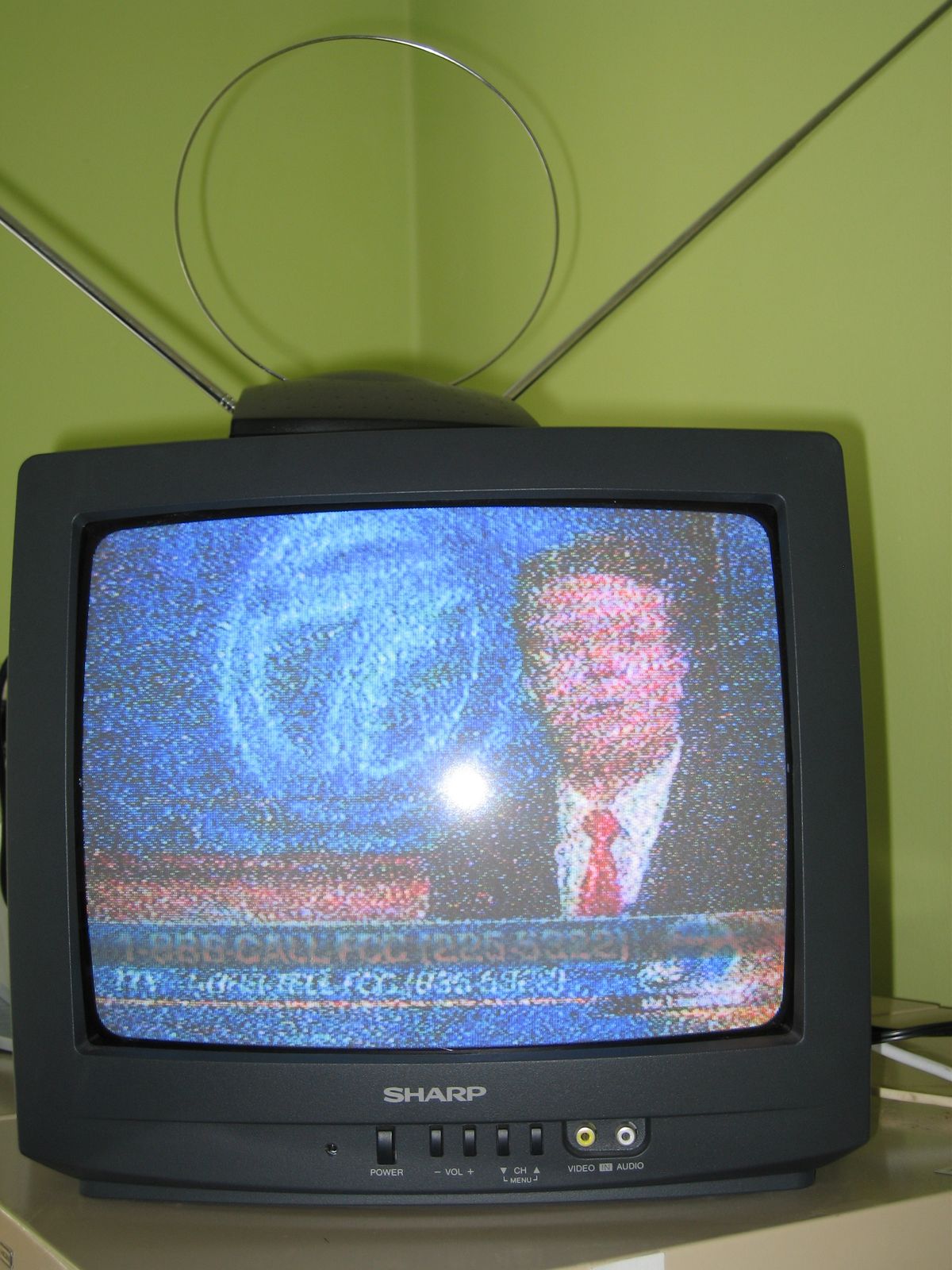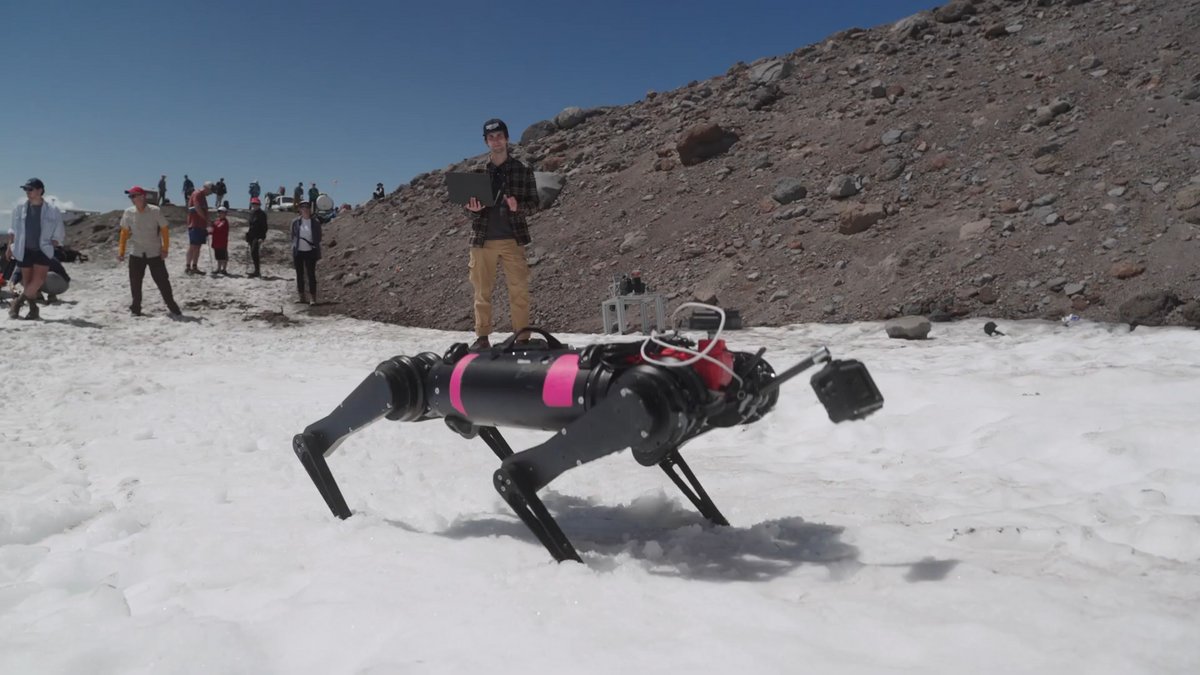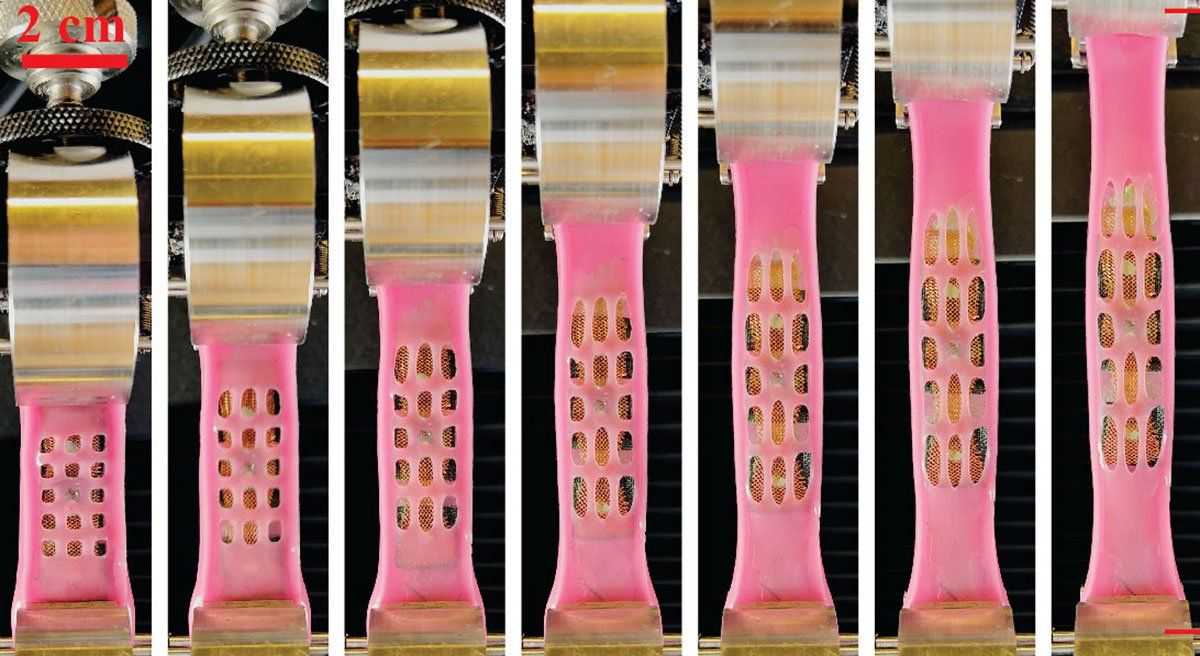There’s no breaking news today, so ordinarily this TV would be dark. But I plan on leaving it on from now until it’s getting nothing but static (or something called nightlight service that simply tells me my television is analog and needs a converter) as my personal farewell to analog television.
Because sometime between now and midnight tonight, the vast majority of analog broadcasting in the United States will cease. Only a few low-power stations will remain. And since no converter box is going to be able to pull a digital signal from this particular pair of rabbit ears, the next stop for this little Sharp cathode ray tube television is the recycling center, where I can only hope it’s treated kindly and doesn’t end up hurting recycling workers or the environment.
I’ve got two other TVs in the house already hooked up to converter boxes, and a giant new antenna on the roof that enables those converter boxes to pull in a reasonable number of channels. But to date I mostly leave the converters turned off, since many of my favorite channels are, so far, only receivable on analog. That may change; along with analog shutdown comes the great frequency scramble, meaning channels I don’t get today, I might get tomorrow. Or not.
So tomorrow morning I’ll go over to those two TVs, turn on the converter boxes, and rescan for channels. I’ll have my fingers crossed, because here in the San Francisco Bay Area reception is spotty, and no one can really predict whether or not I’ll be have access to anywhere near the same menu of digital channels that I had in an analog world.
I doubt I’ll be the only one with my fingers crossed. Local broadcasters will be hoping not to lose viewers—and not to frustrate so many that their phone lines will be ringing off the hook come Saturday. The FCC will be hoping that they won’t be inundated by complaints, but they’ll have 4000 operators on call just in case. President Obama will be hoping that the transition goes smoothly, justifying the delay from the original date-certain of February 17th.
And in the next few weeks, we will see, because at this point, we just don’t know. As of last week, according to research firm Smith Geiger LLC, one out of eight folks who get their television over-the-air had yet to attempt hook up a converter box or digital television—Neilson estimates the number as just short of 3 million people. And that doesn’t count folks like me, who hooked it all up but still relies on analog for most of our TV watching.
So we will see if folks are thrilled with their new digital picture, or frustrated by their inability to receive anything at all without paying for cable or satellite. We’ll see what housebound elderly will do without baseball games to watch next week—I’m thinking of my 90-plus year old aunt and an 80-something former neighbor for whom snowy baseball games on ancient TVs provided constant companionship. I do hope it goes smoothly, that I—and every other over-the-air TV watcher in the country—is thrilled with the vast array of crystal clear channels and new wireless services that have been the promise of the digital transition. But we will see.



